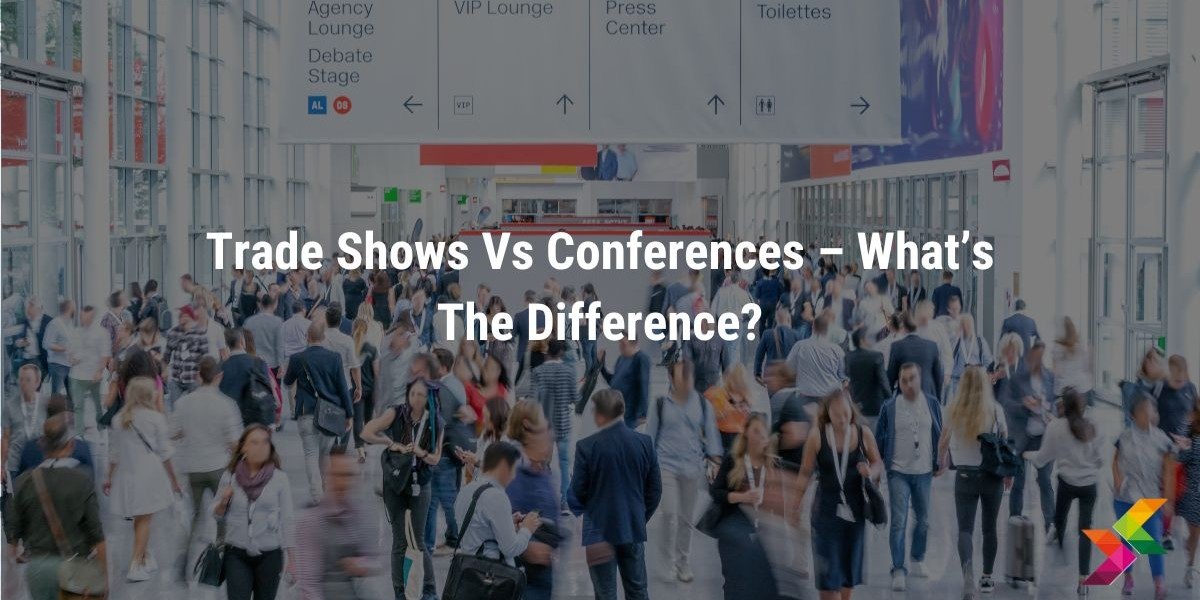Trade shows vs conferences are two common types of events that serve distinct purposes within the business world. While they both offer valuable networking and learning opportunities, they differ significantly in their goals, formats, and attendee experiences. In this blog, we'll explore the key differences between trade shows and conferences to help you understand when to participate in each.
Trade Shows: A Showcase of Products and Services
Trade shows are events primarily focused on showcasing products and services to a targeted audience. Here are the key characteristics of trade shows:
1. Exhibitor-Centric: Trade shows revolve around exhibitors who set up booths or stalls to display their products or services. These exhibitors often include businesses, manufacturers, and service providers.
2. Product-Focused: The primary objective of a trade show is to highlight and promote products or services. Attendees can see, touch, and experience the offerings firsthand.
3. Networking Opportunities: Trade shows offer excellent networking opportunities for both exhibitors and attendees. It's a place to connect with potential clients, partners, suppliers, and industry peers.
4. Industry-Specific: Trade shows are often industry-specific or niche-focused, catering to a particular sector such as technology, healthcare, or fashion.
5. Large Attendance: Trade shows can attract a large number of attendees, creating a bustling environment with many opportunities for interaction.
Conferences: Knowledge Sharing and Education
Conferences, on the other hand, prioritize knowledge sharing, education, and professional development. Here are the key characteristics of conferences:
1. Speaker-Centric: Conferences feature a lineup of speakers, experts, and thought leaders who deliver presentations, workshops, and panel discussions. These sessions focus on sharing insights, trends, and best practices.
2. Learning-Oriented: The primary goal of a conference is to educate and inform attendees. Attendees come to gain knowledge, learn new skills, and stay updated on industry developments.
3. Diverse Content: Conferences cover a wide range of topics and themes relevant to a particular industry or profession. This diversity allows attendees to choose sessions that align with their interests and career goals.
4. Professional Development: Conferences often provide opportunities for continuing education, certification, and skill development. Attendees can earn credits or certificates for their participation.
5. Smaller, Engaged Audience: Conferences typically have a more limited number of attendees compared to trade shows. This smaller size can facilitate in-depth discussions and networking among participants.
Choosing the Right Event
The decision to participate in a trade show or a conference depends on your specific goals and objectives:
Trade Shows: Consider a trade show if you want to showcase your products or services, connect with potential clients or buyers, and generate leads. It's an excellent platform for businesses looking to exhibit and demonstrate their offerings.
Conferences: Opt for a conference if you seek knowledge, professional development, and the opportunity to network with industry experts and peers. Conferences are ideal for individuals and professionals looking to expand their skills and insights.
In some cases, you may find events that combine elements of both trade shows and conferences, offering a comprehensive experience that includes exhibitor booths and educational sessions. Ultimately, the choice between trade shows and conferences should align with your specific objectives and the value you aim to derive from attending or participating in such events.








